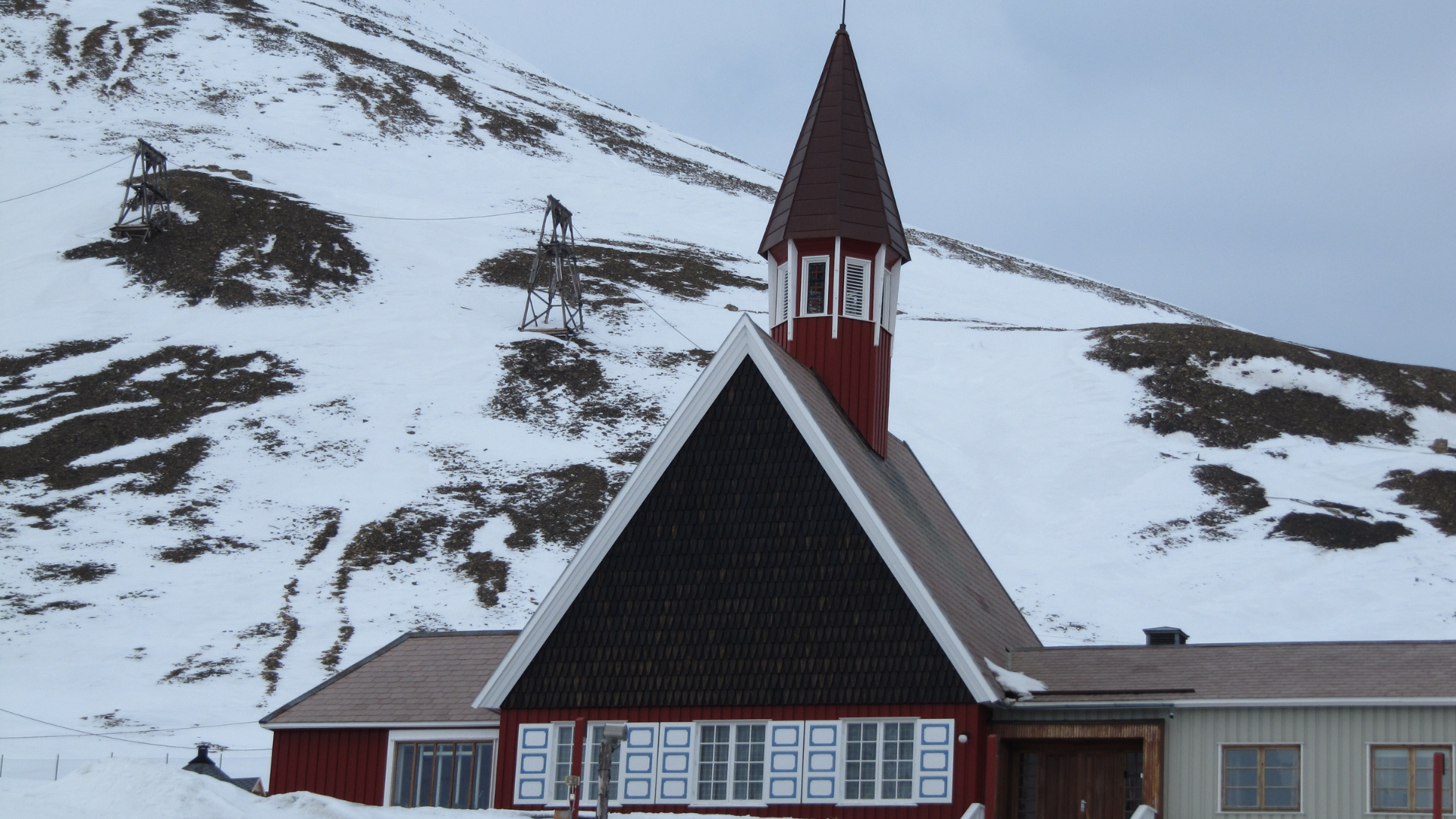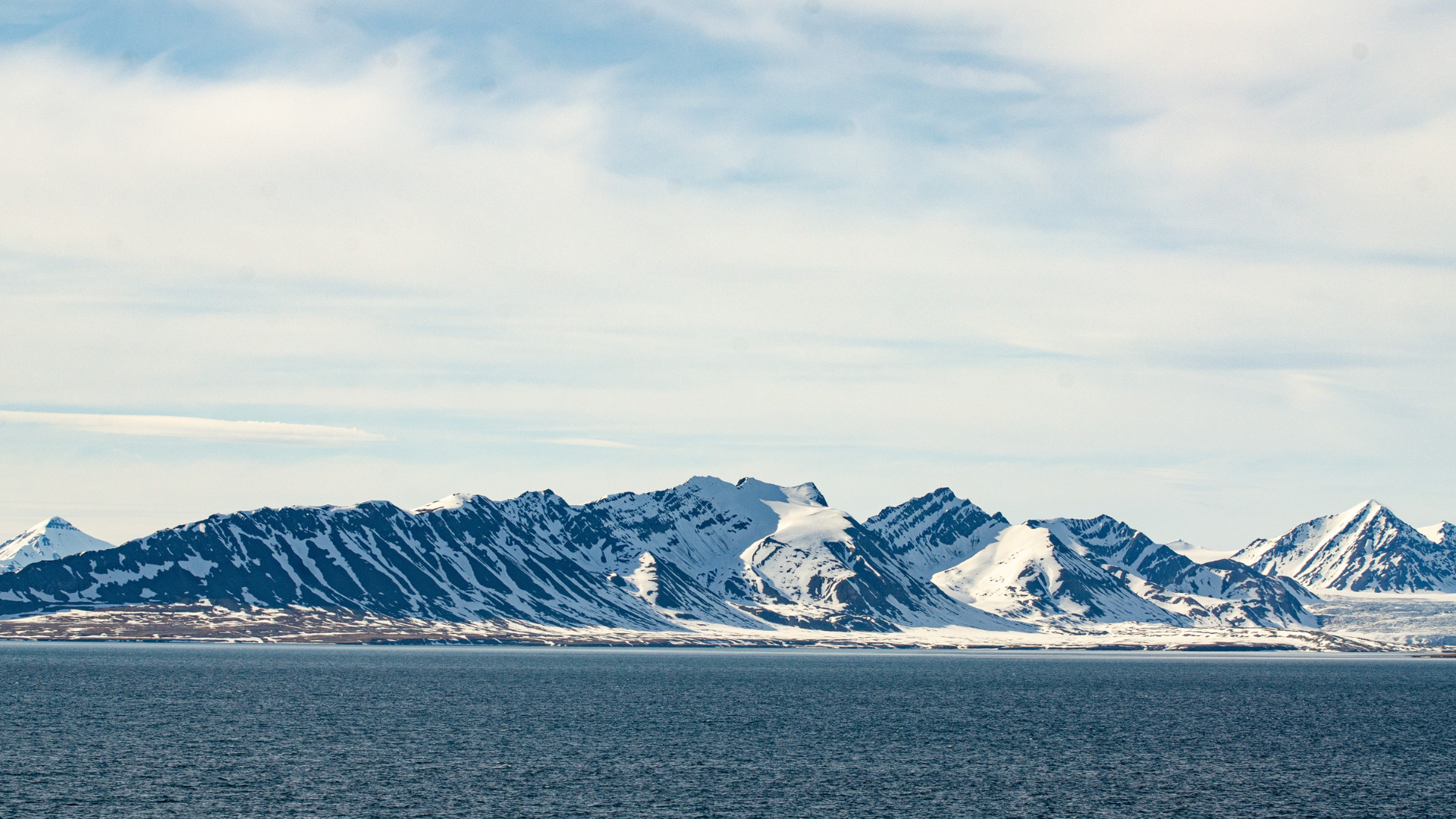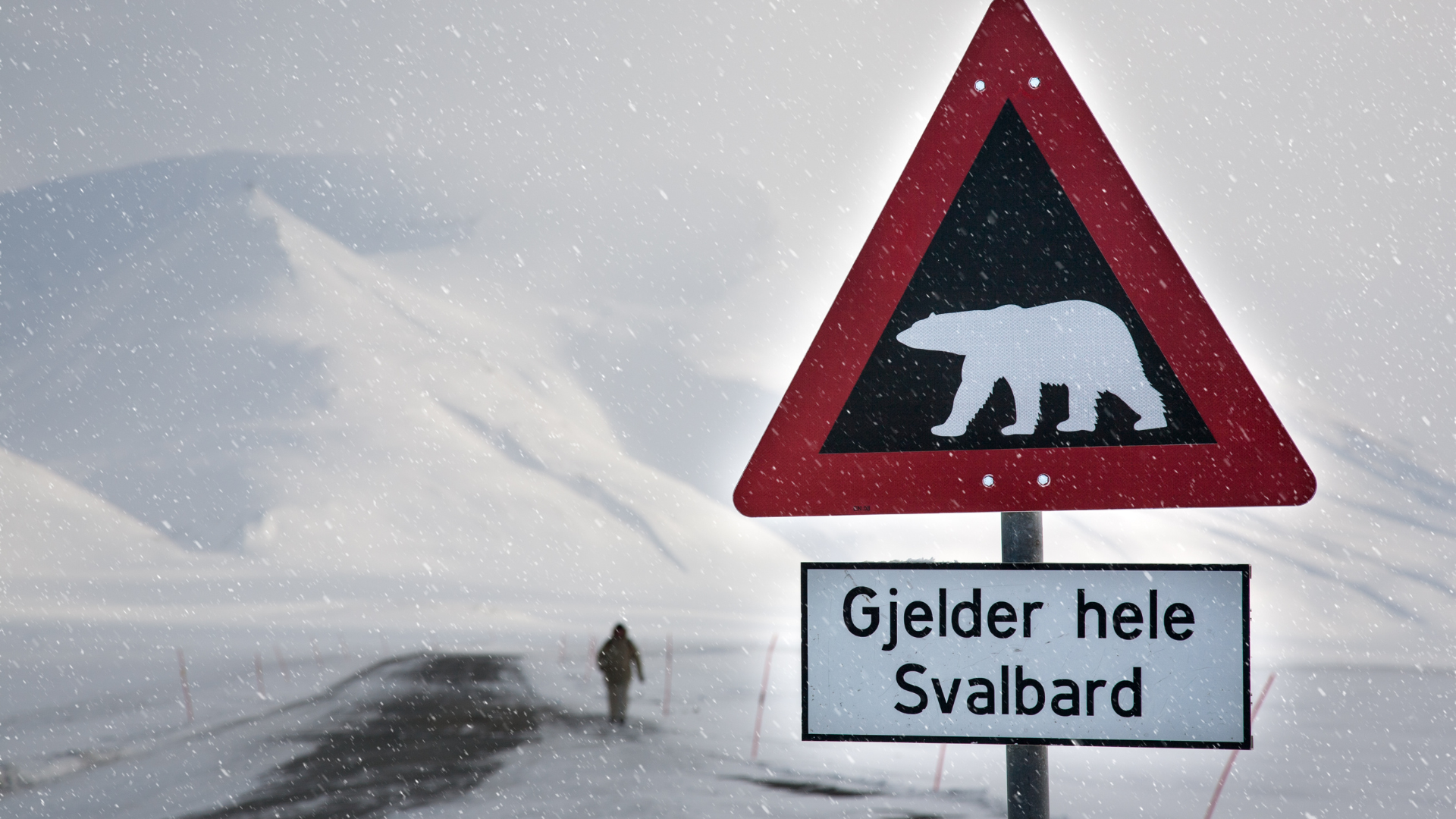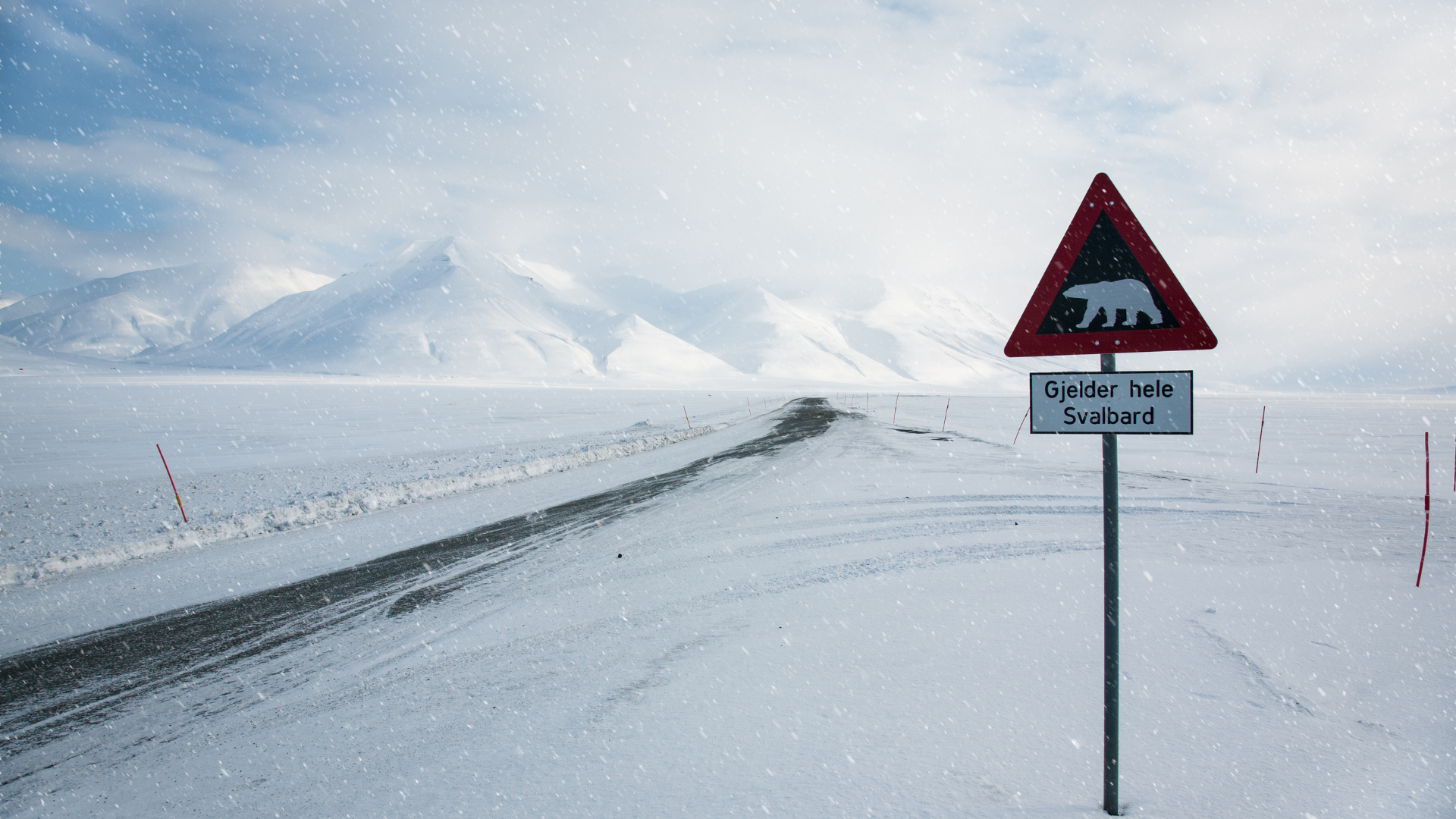Exploring Svalbard's Mighty Predators: The Majestic Polar Bears
Svalbard, a remote Arctic archipelago, is home to one of the world's most iconic and formidable predators: the polar bear. As the undisputed kings of the Arctic, these majestic creatures roam the frozen landscapes of Svalbard, embodying both power and grace. Let's delve into the world of Svalbard's polar bears, exploring their impressive size and weight, and their vital role in the Arctic ecosystem.
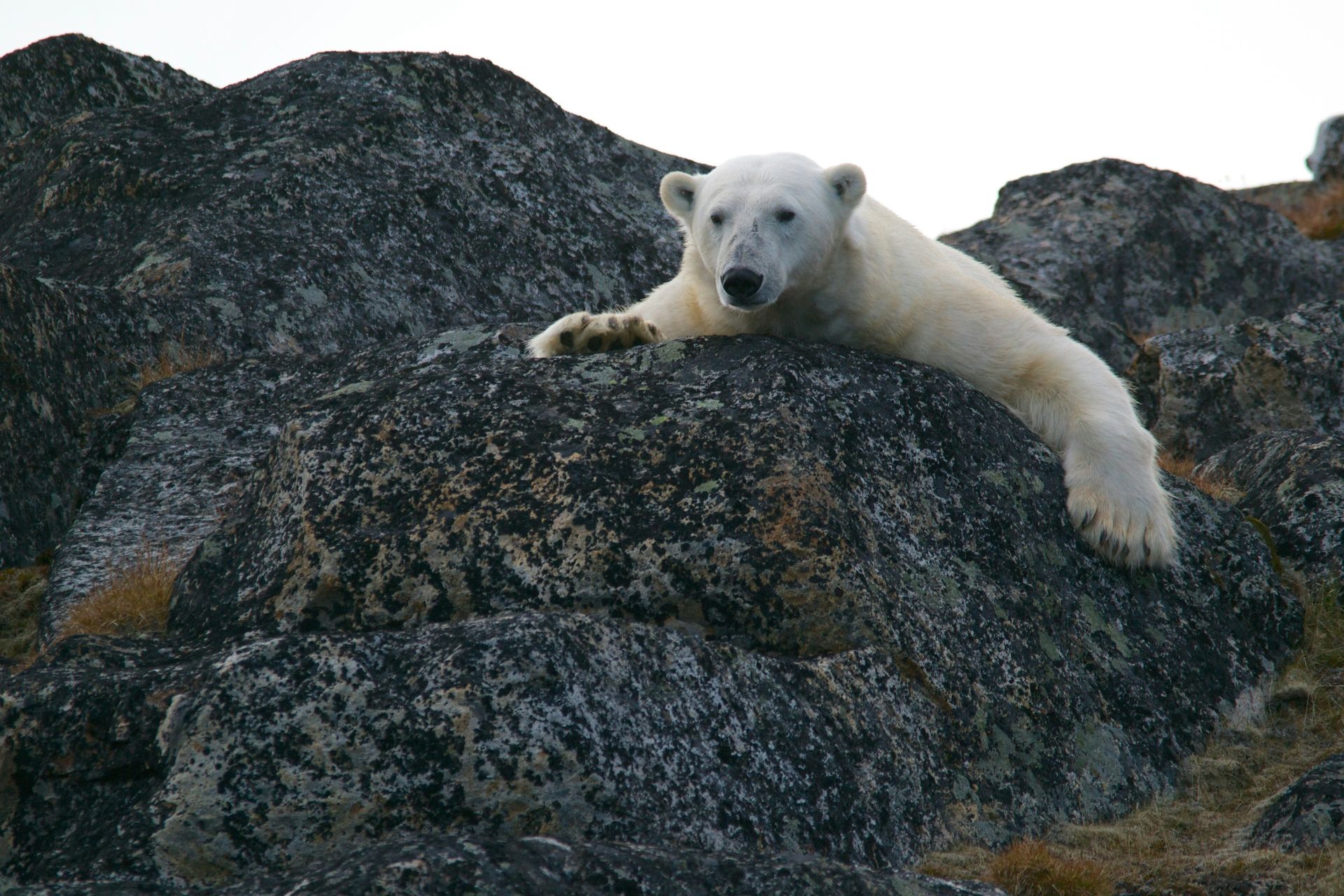
The Polar Bear's Domain: Polar bears are uniquely adapted to thrive in the harsh Arctic environment, with their thick fur coats, large padded paws, and incredible swimming abilities. In Svalbard, these magnificent creatures are found across the archipelago, from the icy shores to the frozen interior, where they hunt for seals and other prey on the sea ice.
Impressive Size and Weight: Adult male polar bears in Svalbard can reach staggering sizes, with some individuals weighing up to 1,500 pounds (680 kilograms) or more. Standing on their hind legs, they can reach heights of over 10 feet (3 meters), towering over their Arctic domain with unmatched strength and presence. Female polar bears are generally smaller but still formidable, with weights averaging around 500 to 700 pounds (227 to 318 kilograms).
The Significance of Size: The impressive size and weight of polar bears are essential adaptations for survival in their harsh Arctic environment. Their large bodies help them retain heat in the frigid temperatures, while their immense strength allows them to hunt seals, their primary prey, and defend their territories against rivals.
Role in the Arctic Ecosystem: Polar bears play a crucial role in maintaining the balance of the Arctic ecosystem. As apex predators, they help regulate the populations of seals and other prey species, preventing overgrazing and ensuring the health of the marine environment. Their presence also influences the behavior of other Arctic species, shaping the dynamics of the fragile polar ecosystem.
Conservation Challenges: Despite their formidable size and strength, polar bears face numerous threats in the modern world, including habitat loss, climate change, and human encroachment. The loss of sea ice due to rising temperatures poses a significant challenge to their survival, as it restricts their access to vital hunting grounds and disrupts their natural behavior patterns.
Conclusion: In Svalbard, polar bears reign supreme as the ultimate symbol of Arctic wilderness and resilience. Their impressive size and weight are a testament to their evolutionary adaptations and survival strategies in one of the harshest environments on Earth. As we continue to study and appreciate these magnificent creatures, it is essential to recognize the importance of conservation efforts to ensure their continued existence in the wild.



